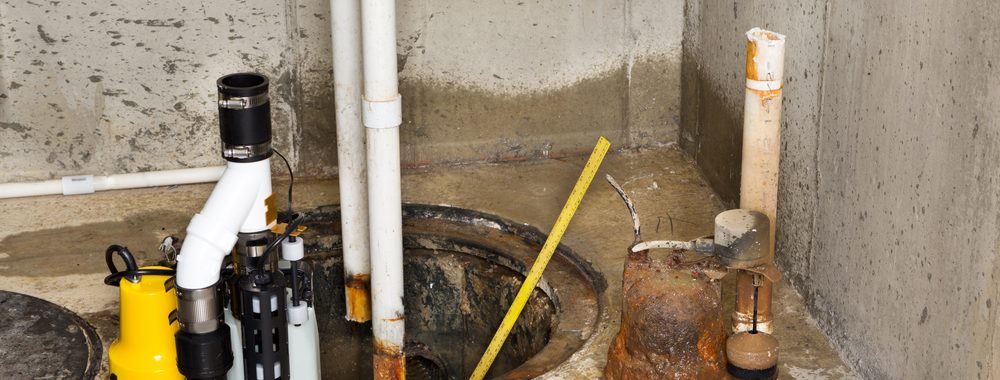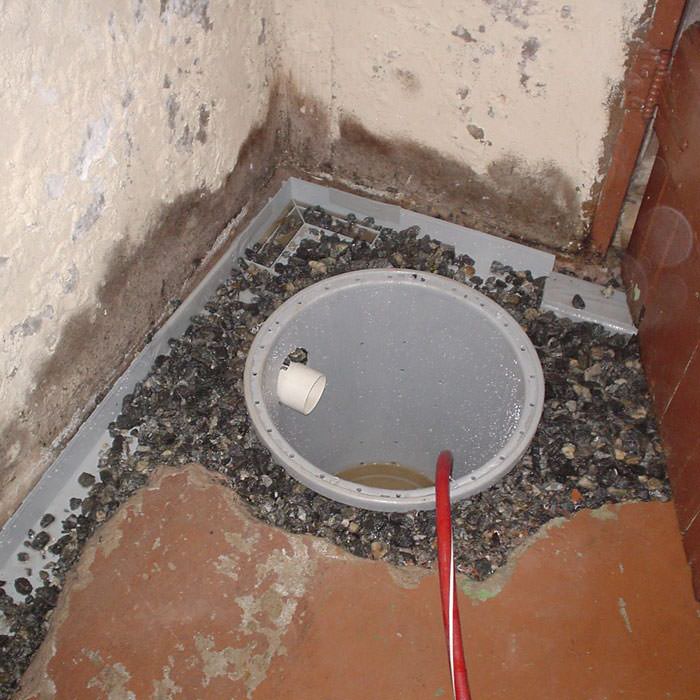Practical Techniques for Maintaining Your Sump Pump
Practical Techniques for Maintaining Your Sump Pump
Blog Article
This great article following next on the subject of Steps to Cleaning Your Sump Pump Properly is relatively motivating. Don't skip it.

Sump pumps are critical parts in lots of homes, specifically in locations vulnerable to flooding or too much moisture. They help stop water damages by effectively eliminating excess water from cellars or crawl spaces. Nevertheless, like any other home appliance, sump pumps call for normal maintenance to guarantee they work effectively when required the most. Cleansing your sump pump is a vital part of its upkeep, and understanding how to do it properly can conserve you from costly repairs and potential calamities.
Introduction
Keeping a clean sump pump is essential for its proper performance and long life. Overlooking this vital job can cause blockages, malfunctions, and inevitably, water damages to your residential property. As a result, learning how to clean up a sump pump is vital for property owners who count on these devices to maintain their basements completely dry and protected.
Indications of a Dirty Sump Pump
Knowing when your sump pump requires cleansing is important for avoiding prospective breakdowns. Some common indications that suggest a dirty sump pump consist of strange noises throughout operation, reduced water flow, and noticeable debris in the pit. If you discover any of these signs, it's vital to cleanse your sump pump quickly to stay clear of any type of further issues.
Getting ready for Cleaning
Prior to you start cleaning your sump pump, it's important to take some safety preventative measures. Start by shutting off the power to the pump to prevent any kind of electric accidents. In addition, use suitable protective gear, such as handwear covers and safety glasses, to safeguard yourself from dust, particles, and prospective microorganisms.
Comprehending the Sump Pump
Prior to diving into the cleansing procedure, it's important to have a fundamental understanding of exactly how a sump pump works. Typically mounted in a pit or basin below the basement flooring, a sump pump consists of several key elements, consisting of a pump, a float switch, and a discharge pipe. When water gathers in the pit, the float button activates the pump, which after that pumps the water out through the discharge pipe, far from the structure's foundation.
Step-by-step Guide to Cleaning a Sump Pump
Shutting down the Power
Begin by disconnecting the power supply to the sump pump to prevent any crashes while cleansing.
Checking for Appropriate Performance
Prior to reinstalling the pump, perform a quick examination to guarantee that the float switch activates the pump appropriately. Pour some water into the sump pit and observe the pump's operation. If everything is operating correctly, you can rebuild the pump and reconnect the power supply.
Getting Rid Of Debris and Dust
Make use of a pail or an inside story to eliminate any type of visible particles, dirt, or sediment from the sump pit. Dispose of the debris correctly to prevent it from obstructing the pump or the discharge pipe.
Cleaning up the Pump and Float Switch Over
As soon as the pit is clear of particles, thoroughly eliminate the pump from the pit. Inspect the pump and the float switch for any kind of signs of damage or wear. Use a soft brush or towel to clean up the surfaces and remove any type of collected grime.
Flushing the System
After cleaning up the pump and float button, purge the sump pit with clean water to get rid of any remaining dirt or debris. This will certainly aid make certain that the pump runs efficiently and efficiently.
Maintenance Tips to Maintain Your Sump Pump Clean
Along with regular cleansing, there are several maintenance tips you can follow to maintain your sump pump in optimum problem:
Verdict
Cleaning your sump pump is an essential facet of its upkeep and guarantees that it runs successfully when you require it the most. By following the steps laid out in this guide and including normal upkeep into your regimen, you can extend the lifespan of your sump pump and shield your home from water damage.
6 STEPS ON HOW TO CLEAN A SUMP PUMP PROPERLY
UNDERSTANDING SUMP PUMPS
Your sump pump plays a crucial role in protecting your home by managing and removing excess water. It primarily functions as a “shield”, guarding your basement against the damaging effects of water accumulation. The pump is housed in a sump pit in the lowest part of your basement, and its job is to pump out any water that collects there.
During heavy rainfalls or when snow melts rapidly, water can infiltrate your basement, posing potential risks like flooding, structural damage, and harmful mold growth. Here, the sump pump springs into action, pumping out the intruding water and directing it away from your home.
SAFETY FIRST
Before cleaning, remember to prioritize safety. Disconnect the sump pump from the power source to prevent any accidental electric shocks. Also, wear sturdy gloves to protect your hands from any sharp or dirty components within the pump.
REMOVE THE SUMP PUMP
After ensuring your safety, the next step is to remove the sump pump from its pit. Doing this might require careful maneuvering as you don’t want to damage any pump components. Once removed, clean the sump pit to remove any accumulated debris or sludge.
INSPECT THE PUMP
Inspect the pump for any visible signs of wear or damage. Check the power cord, float switch, and impeller housing. If any components look worn out or damaged, consider replacing them to ensure optimal performance.
CLEAN THE PUMP
Thoroughly clean the pump with warm, soapy water. Make sure to rid it of any dirt, gravel, or other debris that might impede its performance. You can use a toothbrush to clean the small, hard-to-reach parts of the pump.
REINSTALL THE SUMP PUMP
Reinstall the pump into the sump pit Make sure it’s positioned correctly to remove the water effectively Once it’s back in place, reconnect it to the power source TEST THE PUMP
Finally, pour some water into the pit to ensure the pump works correctly. It should start automatically and begin pumping out the water; if it doesn’t, check the power source and the positioning of the pump.
Remember, while cleaning your sump pump is an essential part of home maintenance, hiring a professional plumber for a thorough inspection and cleaning at least once a year is also important. This will ensure that your pump is in optimal condition, ready to protect your home from potential water damage.
BEST PRACTICES FOR CLEANING SUMP PUMP DISCHARGE PIPES
Regular Inspection: Regularly inspect your discharge pipes, especially during heavy rainfall or snowmelt periods. Look for any signs of blockage or damage. Early detection of problems can prevent serious issues down the line. Periodic Cleaning: Over time, sediment and debris can accumulate in the discharge pipes, impeding the flow of water. Regular cleaning helps keep the pipes clear and functioning efficiently. You can use a high-pressure water jet to effectively clean the pipes. Insulation During Winter: In colder climates, discharge pipes can freeze, blocking the outflow of water. Protect your discharge pipes from freezing temperatures by insulating them with foam pipe insulation. This will ensure the sump pump can continue to discharge water even in freezing conditions. Proper Positioning: The discharge pipe should be positioned to direct water away from your home’s foundation. Improper positioning can lead to water seeping back into the basement. Ensure the pipe is long enough and angled correctly. Installation of a Check Valve: A check valve prevents water from flowing back into your sump pit after the pump has pushed it out. Installing a check valve helps maintain the efficiency of your sump pump and reduces the risk of flooding. Minimize Pipe Turns: Every curve or turn in the discharge pipe can decrease the efficiency of water flow. By minimizing turns and bends in your discharge pipe, you can increase the efficiency of your sump pump. https://www.fullspeedplumbing.com/how-to-clean-a-sump-pump-properly9999/

I was made aware of that write-up on Keep Your Sump Pump Clean, It'll Keep You Dry through a good friend on our other web address. Liked our write up? Please quickly share it. Let other people check it out. Many thanks for going through it.
Prices & Booking Report this page